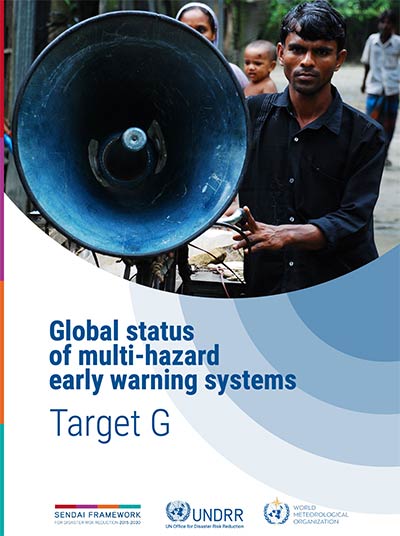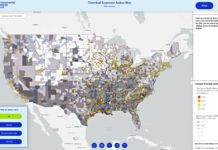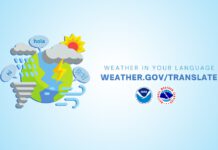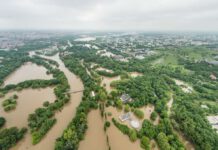 A new report from the United Nations Office for Disaster Risk Reduction (UNDRR) and the World Meteorological Organization (WMO) warns that half of the countries globally are not protected by multi-hazard early warning systems.
A new report from the United Nations Office for Disaster Risk Reduction (UNDRR) and the World Meteorological Organization (WMO) warns that half of the countries globally are not protected by multi-hazard early warning systems.
The numbers are even worse for developing countries on the front lines of climate change. Less than half of the Least Developed Countries and only one-third of Small Island Developing States have a multi-hazard early warning system.
The report, Global Status of Multi-Hazard Early Warning Systems – Target G, analyses new data and shows that countries with limited early warning coverage have disaster mortality that is eight times higher than countries with substantial to comprehensive coverage.
“The world is failing to invest in protecting the lives and livelihoods of those on the front line. Those who have done the least to cause the climate crisis are paying the highest price” said António Guterres, Secretary-General of the United Nations, in a video message.
The Secretary General called on all countries to invest in early warning systems, “Extreme weather events will happen. But they do not need to become deadly disasters.”
Mr Guterres has asked WMO to spearhead new action to ensure that every person on Earth is protected by early warning systems in the next five years.
Early warning systems are a proven means to reduce harm to people and damage to assets ahead of impending hazards, including storms, tsunamis, droughts, and heatwaves, to name a few.
Multi-hazard early warning systems address several hazards that may occur alone, simultaneously, or cascadingly. Many systems only cover one type of hazard – like floods or cyclones. As climate change causes more frequent, extreme, and unpredictable weather events, investment in early warning systems that target multiple hazards is more urgent than ever. This is because of the need to warn not only against the initial impact of disasters, but also second and third-order effects. Examples include soil liquefaction following an earthquake or a landslide, and disease outbreaks following heavy rainfall.
read more public.wmo.int/en/media/press-release/un-warns-half-world-not-prepared-disasters










